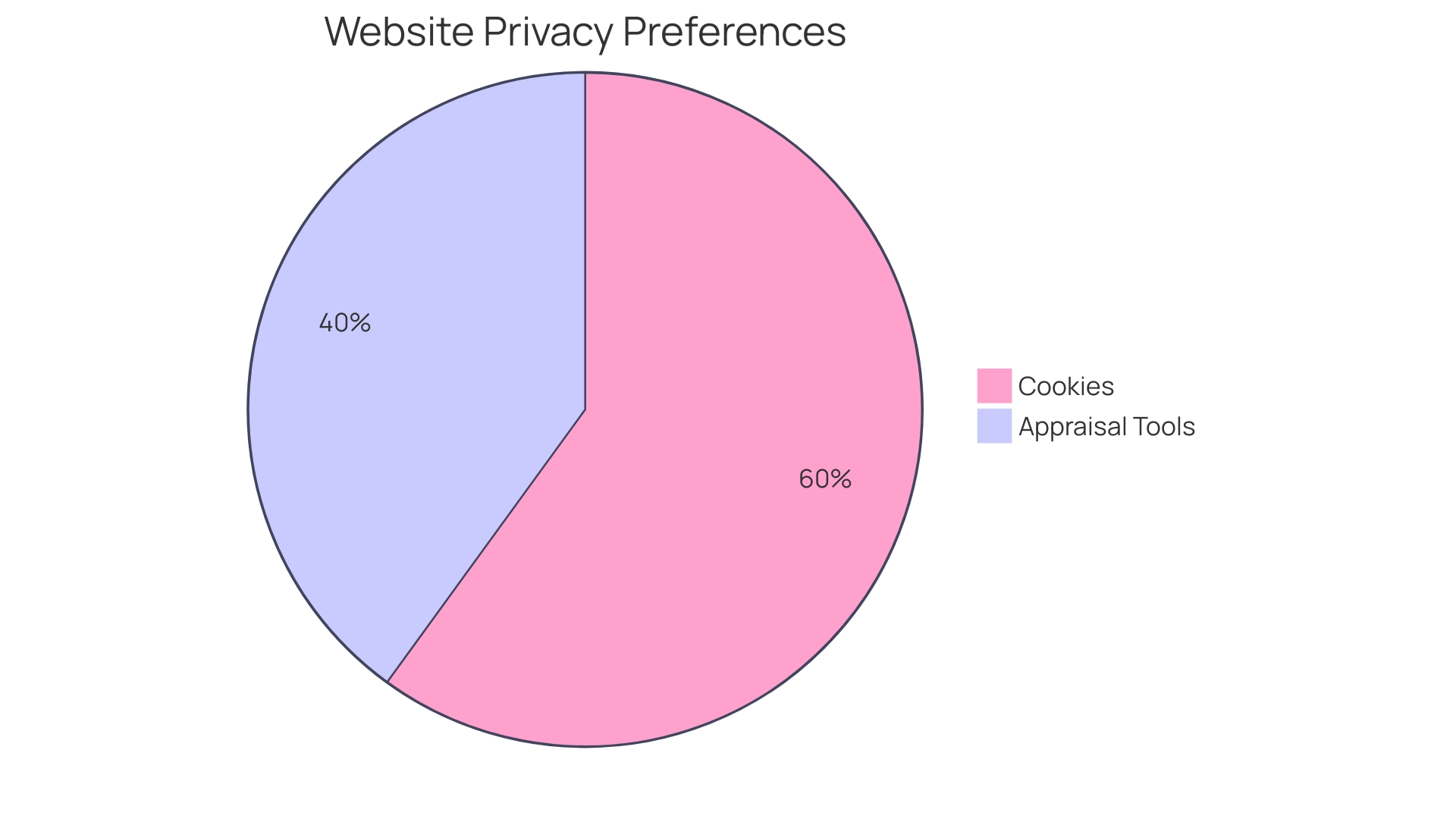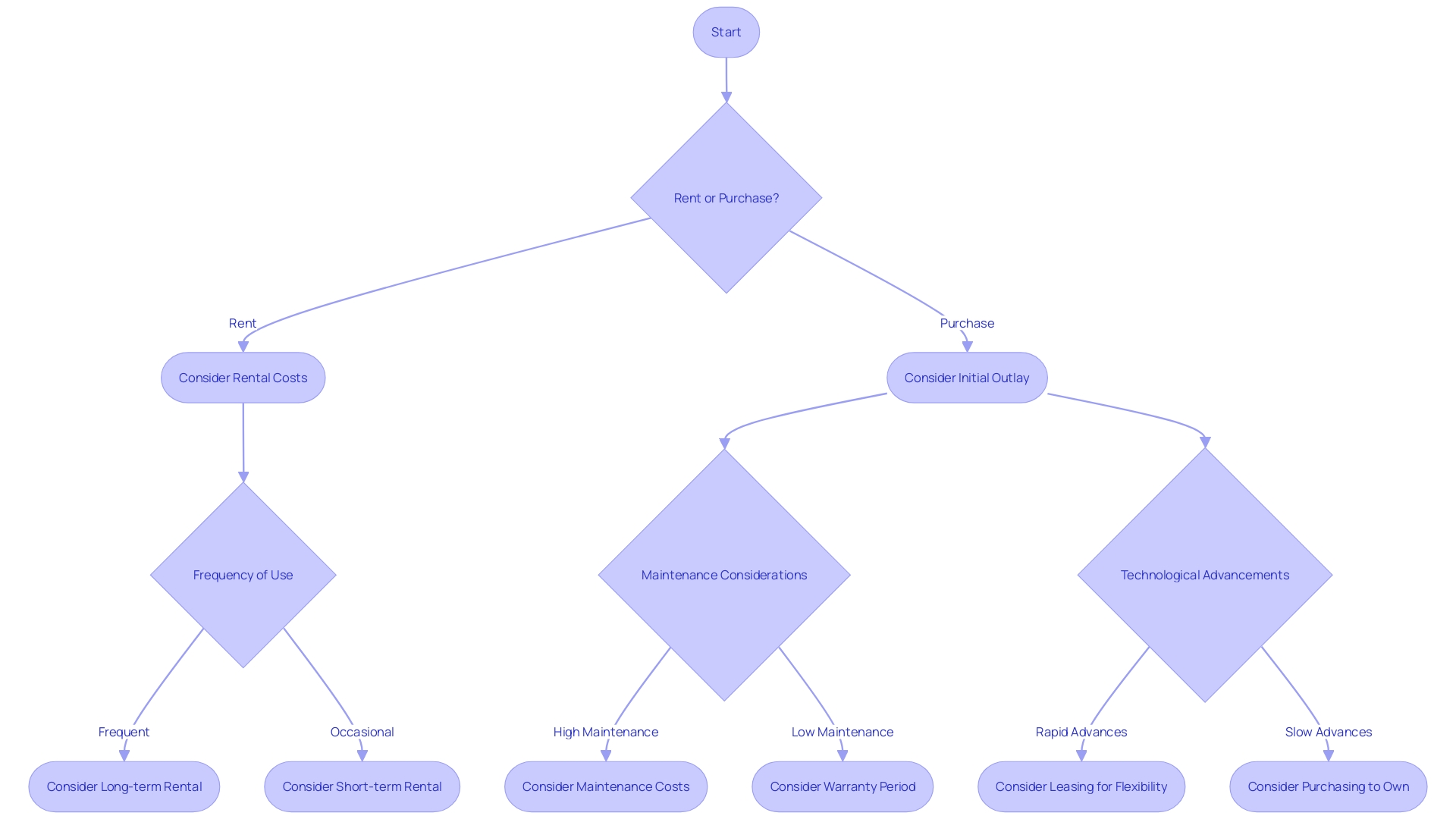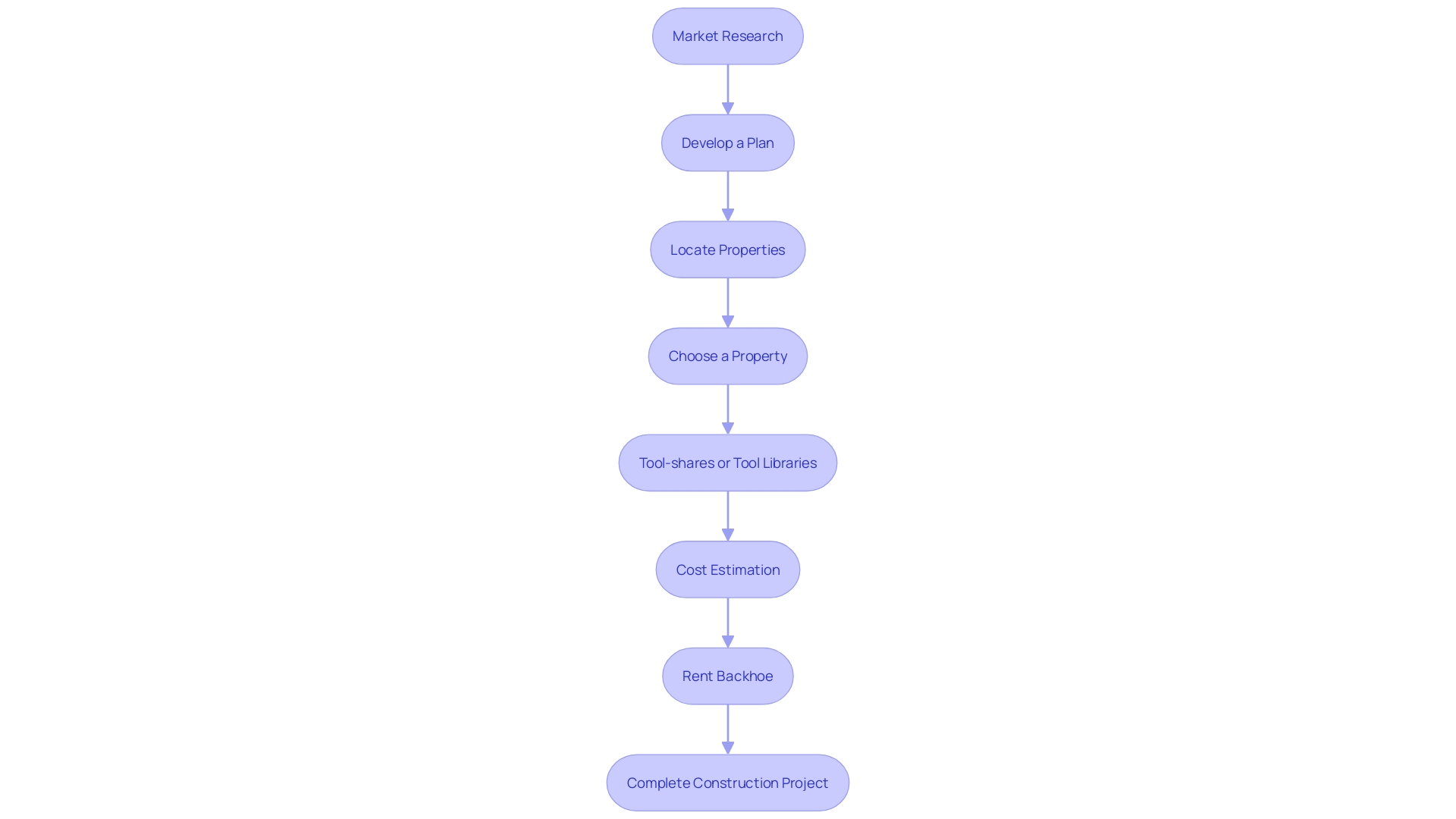Introduction
Backhoes are indispensable tools in the construction industry, offering versatility and efficiency for a wide range of tasks. From standard backhoe loaders to mini backhoes and extendable arm backhoes, each model is designed to address specific project requirements. However, selecting the right backhoe goes beyond matching it to the job.
Construction professionals must also consider long-term value and environmental impact. In this article, we will explore the benefits of renting backhoes, factors affecting rental costs, and the cost-benefit analysis of renting versus buying. We will also discuss how to choose the right backhoe for your project, the various attachments and work tools available, and the importance of ensuring safe and effective use of rented backhoes.
Additionally, we will provide a step-by-step guide to navigating the rental process with confidence. By the end, you will have a comprehensive understanding of backhoes, empowering you to make informed decisions that drive project success and align with the industry's progressive strides towards innovation and sustainability.
Types of Backhoes and Their Applications
Backhoe loaders are essential tools in the construction realm, with a variety of models tailored to specific tasks. The standard backhoe loader is a staple on job sites, revered for its dual-functionality: it combines a rear digging bucket with a front loader bucket, making it a multi-purpose workhorse that's perfect for tasks like trenching, material loading, and excavation.
For space-restricted or smaller projects, mini backhoes are the go-to machines. These compact versions offer exceptional maneuverability and are light enough to operate in delicate areas without compromising on the power needed for tasks such as landscaping or utility jobs.
When the task at hand calls for a deeper reach, extendable arm backhoes come into play. These machines are equipped with a versatile arm capable of reaching further and digging deeper without losing stability, ideal for projects that require extended digging depths like utility line installations or basement excavations.
In an era where environmental sustainability is paramount, the construction industry is moving towards equipment that reduces carbon footprints. Innovations such as JCB's initiative to build fuel-efficient diesel engines since 2004, and their ongoing work on hydrogen combustion engines, exemplify the push towards greener construction machinery. These advancements aim to offer the same robust performance while achieving net-zero carbon emissions, aligning with the industry's goal of sustainable development.
Furthermore, the rise of autonomous construction equipment, such as the excavator that built a six-meter-high dry stone wall, demonstrates the progressive integration of technology in construction. This innovation not only enhances efficiency but also opens up new possibilities for complex construction tasks that can be completed with precision and safety.
Selecting the right backhoe loader is not only about matching the machine to the job but also considering the long-term value and environmental impact of the equipment. With LECTURA's web-based appraisal tools, construction professionals can make informed decisions based on a comprehensive comparison of machine models, ensuring they invest in equipment that promises performance, sustainability, and value over time. This strategic approach to equipment selection is key to successful project management and operational excellence in the construction industry.

Benefits of Renting a Backhoe
Opting for backhoe rental over purchase can be a strategic move for construction firms, providing a range of benefits that align with the ever-evolving demands of the industry. With rental services, companies enjoy significant cost savings since there's no hefty initial investment required, freeing up capital for other critical aspects of their projects. The flexibility of equipment rental is another advantage; firms can select the most appropriate backhoe for each specific job, thereby enhancing operational efficiency and productivity.
Moreover, the rental route alleviates the burden of maintenance and repairs from the construction firms, as these responsibilities fall under the purview of the rental company. This shift in maintenance accountability ensures that project managers can focus on the core activities of construction without the distraction of equipment upkeep.
Lastly, staying on top of technological advancements is crucial in the competitive construction landscape, and rental companies typically offer the latest models of backhoes, equipped with cutting-edge technology. This access to modern equipment enables construction companies to leverage new features that can streamline processes and improve precision on job sites.
Incorporating rental options into construction project planning can be a savvy approach, providing tangible benefits that contribute to the efficient and effective execution of construction activities.
Factors Affecting Backhoe Rental Costs
When considering the cost of backhoe rental, several key factors come into play, each contributing to the overall expense. The rental duration is paramount; longer projects will naturally result in a higher total cost, thus highlighting the importance of precise project timeline estimation to manage expenses effectively. The specific backhoe model and size selected also impact the cost, with larger and more advanced models demanding premium rates.
Moreover, the addition of special attachments or accessories—such as augers or hydraulic hammers—can lead to extra charges, tailoring the equipment to the job's unique requirements but also affecting the bottom line. Lastly, the logistics of delivering the backhoe to the site, including transportation and delivery fees, are influenced by the distance and complexity of the move.
Considering the current economic climate, as forecasted by Glenigan's UK Construction Industry Forecast, and the innovations in construction machinery like JCB's work on hydrogen combustion engines aiming for net-zero carbon emissions, effective cost management in equipment rental becomes even more critical. As the industry navigates through cautious private sector investment and a slowdown in housing markets, optimizing backhoe rental costs while maintaining the flexibility to adapt to project demands is a balance that can significantly influence project success.
Renting vs. Buying a Backhoe: A Cost-Benefit Analysis
Navigating the decision of whether to rent or purchase backhoe equipment requires a thorough understanding of both the financial implications and the operational needs of your construction projects. Let's delve into the crucial aspects that should influence this decision:
-
Initial Outlay: The avoidance of a hefty down-payment is a significant advantage of renting over purchasing. This can be particularly beneficial for construction firms operating under budgetary constraints.
-
Frequency of Use: For those with continuous projects that necessitate regular backhoe use, investing in ownership might prove more economical over time. It's a balance between the cost of repeated rentals and the one-time purchase price.
-
Maintenance Considerations: The convenience of having the rental company handle maintenance and repairs can't be overstated. This not only lowers direct costs but also alleviates the administrative burden on your team, allowing them to focus on the construction work at hand.
-
Technological Edge: The construction sector, much like manufacturing, is rapidly evolving with technological innovations. Renting equipment offers the flexibility to harness the latest advancements in backhoe technology without the commitment of ownership or the need for frequent upgrades.
These factors are backed by insights from a three-month study engaging manufacturing industry representatives, who highlighted the critical role of adopting modern technologies to stay competitive. Similarly, Bianca Flowers, an award-winning journalist, underscores the intersection of technology and construction equipment manufacturing. Furthermore, considering the homeowner rate of 66 percent as reported by the U.S. Census Bureau, the parallel in the housing market suggests a substantial portion of the population favors the benefits of ownership, which can translate to construction equipment decisions as well.

Choosing the Right Backhoe for Your Project
Choosing the right backhoe rental is pivotal for maximizing efficiency and meeting the demands of a construction project. Here are key considerations to guide your selection:
-
Project Needs Assessment: Thoroughly analyze the job at hand to figure out what size and type of backhoe is necessary. Consider factors such as the kind of tasks it will perform, the terrain it will navigate, and the space available on the job site. For instance, a project might demand a backhoe with a greater digging depth or a more compact size for restricted spaces.
-
Operator Compatibility: Match the backhoe with the skill set of the operator. Backhoes come with different control layouts and complexity levels, so it's essential to ensure that the operator is comfortable and experienced with the model chosen to avoid operational inefficiencies.
-
Technical Specifications: Delve into the specifications of different backhoes, such as their digging depth, lifting capacity, and breakout force. These specs should align with the project's requirements to enable the successful completion of tasks. For example, selecting a backhoe with inadequate lifting capacity could impede progress, while one with excessive capacity might lead to unnecessary costs.
-
Rental Company Credibility: Opt for a rental service known for its quality equipment and customer support. A company like H&C Plant Hire, which recently added 20 JCB Backhoe Loaders to its fleet, demonstrates a commitment to offering top-notch machinery. Such companies are likely to provide well-maintained equipment, reducing the risk of downtime due to mechanical failures, and ensuring smoother project execution.
By considering these factors, you'll be in a better position to choose a backhoe that contributes to a more sustainable, cost-effective, and efficient construction process, in line with the industry's progressive strides towards innovation and technological integration.
Attachments and Work Tools for Backhoes
Backhoe loaders, the versatile workhorses of the construction industry, can be customized with a range of attachments, each designed to excel in specific tasks. Augers, for instance, drill holes with precision, proving invaluable for setting up fence posts or tree planting initiatives. For demolition or breaking through tough surfaces, hydraulic hammers are the go-to tool, effortlessly crushing rock and concrete. When it comes to cleanup operations, grapples are unmatched in handling materials like logs and debris, streamlining the process of site preparation and clearing.
However, it's not just about the attachments—innovation is at the heart of modern backhoe capabilities. Companies like JCB are pioneering the move towards hydrogen combustion engines, aiming to achieve net-zero carbon emissions in their construction machinery. This aligns with global trends where environmental considerations are becoming pivotal in contract awards. Construction firms are now incentivized to employ machines with lower emissions, often determined by a points system during the tendering process. Recognizing this shift, H&C Plant Hire has strategically bolstered their fleet with 20 JCB Backhoe Loaders.
The adoption of technology that integrates seamlessly with internal IT systems, as emphasized by Kubota, is also a key factor in enhancing backhoe performance. The ability to document and record data, coupled with error-proofing workstations, is setting new standards in operational efficiency. Companies that prioritize such technological advancements, like Desoutter, are leading the way in the industry, as they offer flexible communication protocols that significantly reduce error rates. These advancements not only contribute to project efficiency but also to the sustainability and environmental responsibility that the construction industry is progressively embracing.

Ensuring Safe and Effective Use of Rented Backhoes
Ensuring safety while operating rental backhoes is a critical concern, and adhering to certain guidelines can make the process both safe and effective. It's essential for operators to have proper training and certifications relevant to the equipment. This includes familiarization with the backhoe model in use, which can help in navigating its unique features and operating it efficiently. Daily inspections are a must, not just as a preventive measure but also as a way to maintain the machinery in top condition. Spotting signs of damage or malfunction early on can prevent accidents and ensure that any necessary repairs are addressed promptly by the rental company.
Moreover, it's important to strictly follow the operating procedures recommended by the manufacturer. This includes adhering to weight limits and load capacities to prevent overloading the backhoe, which could lead to tipping or structural failure. Regular maintenance should not be overlooked, as it ensures the longevity and reliability of the equipment.
Personal protective equipment (PPE) is the last line of defense against potential hazards. Operators should be equipped with hard hats, safety glasses, high-visibility vests, and steel-toed boots to mitigate the risk of injury. This tiered approach to safety—hazard elimination, hazard mitigation, and finally, PPE—parallels the Occupational Safety and Health Administration's (OSHA) guidelines for workplace safety, which are equally applicable to the operation of heavy machinery.
Incidents like the one involving the construction worker surnamed Lai highlight the dire consequences of safety lapses. It's a reminder of the importance of rigorous safety protocols to prevent similar tragedies. As technology advances, remote-operated and electric equipment like the Elise CBL by Firstgreen Industries may present new possibilities for enhancing safety by removing the operator from high-risk environments and reducing exposure to hazardous materials.
Navigating the Rental Process: A Step-by-Step Guide
Securing the right backhoe for your construction project doesn't have to be a daunting task. Here's a streamlined process to help you rent with confidence:
-
Identify Your Backhoe Requirements: Pinpoint the exact needs of your project. This includes the size and type of backhoe that is most suitable for your tasks.
-
Select a Reputable Rental Company: Look for rental services with a solid reputation for quality and reliability. Consider their equipment availability, competitive pricing, and positive customer feedback.
-
Obtain Comprehensive Quotes: Reach out for detailed quotations. Make sure they include all costs, such as rental rates, delivery fees, and any additional charges to avoid surprises.
-
Understand the Rental Agreement: Scrutinize the terms and conditions of the rental contract. All charges and expectations should be transparent—ask questions if anything is unclear.
-
Coordinate Equipment Delivery or Pickup: Work out the logistics for either delivery of the backhoe to your site or collection from the rental facility, whichever suits your needs best.
-
Inspect the Backhoe: Upon receipt, thoroughly examine the backhoe for any pre-existing damage. Document your findings to ensure you are not held responsible for these later.
-
Formalize the Rental: Only sign the rental agreement when you've fully understood and accepted all the terms.
-
Operate with Safety and Efficiency: Ensure that the backhoe is operated by trained professionals, adhering to safety standards to prevent accidents and maximize productivity.
-
Return the Backhoe Responsibly: After the rental period, return the backhoe in the condition you received it, undertaking any necessary cleaning or minor maintenance.
This methodical approach to backhoe rental can help you stay on top of project demands while managing costs effectively, even in the face of economic challenges like those forecasted by Glenigan's UK Construction Industry Forecast 2023-2025. With the construction industry projected to grow despite a slow market, efficient use of resources like rental equipment is key. Furthermore, as environmental sustainability becomes increasingly important, consider rental companies that offer fuel-efficient or even net-zero carbon emission machinery, aligning with the innovative direction of the industry.

Conclusion
In conclusion, backhoes play a vital role in the construction industry, offering versatility and efficiency for various tasks. Throughout this article, we have covered different types of backhoes and their applications, the benefits of renting versus buying, factors affecting rental costs, and a cost-benefit analysis. We have also discussed the importance of choosing the right backhoe, utilizing attachments and work tools, ensuring safe operation, and navigating the rental process.
By considering the information presented, construction professionals can make informed decisions that drive project success. Renting backhoes provides cost savings, flexibility, and access to advanced technology, while relieving the maintenance burden. When selecting a backhoe, it is essential to assess project needs, operator compatibility, technical specifications, and the credibility of the rental company.
Attachments and work tools enhance backhoe versatility, and technological advancements contribute to sustainable construction practices.
Safety is paramount when operating rented backhoes, requiring proper training, inspections, adherence to operating procedures, and the use of personal protective equipment. Navigating the rental process involves identifying requirements, selecting a reputable rental company, obtaining comprehensive quotes, understanding the rental agreement, coordinating equipment logistics, inspecting the backhoe, formalizing the rental, operating safely and efficiently, and responsibly returning the equipment.
By following these guidelines and considering the factors discussed, construction professionals can optimize the use of backhoes, manage costs effectively, and contribute to the industry's progressive strides towards innovation and sustainability. With a comprehensive understanding of backhoes, professionals can make informed decisions that align with the evolving demands of the construction industry, driving project success and ensuring operational excellence.
Experience the cost savings and flexibility of renting backhoes from EZ Equipment Rental today!




